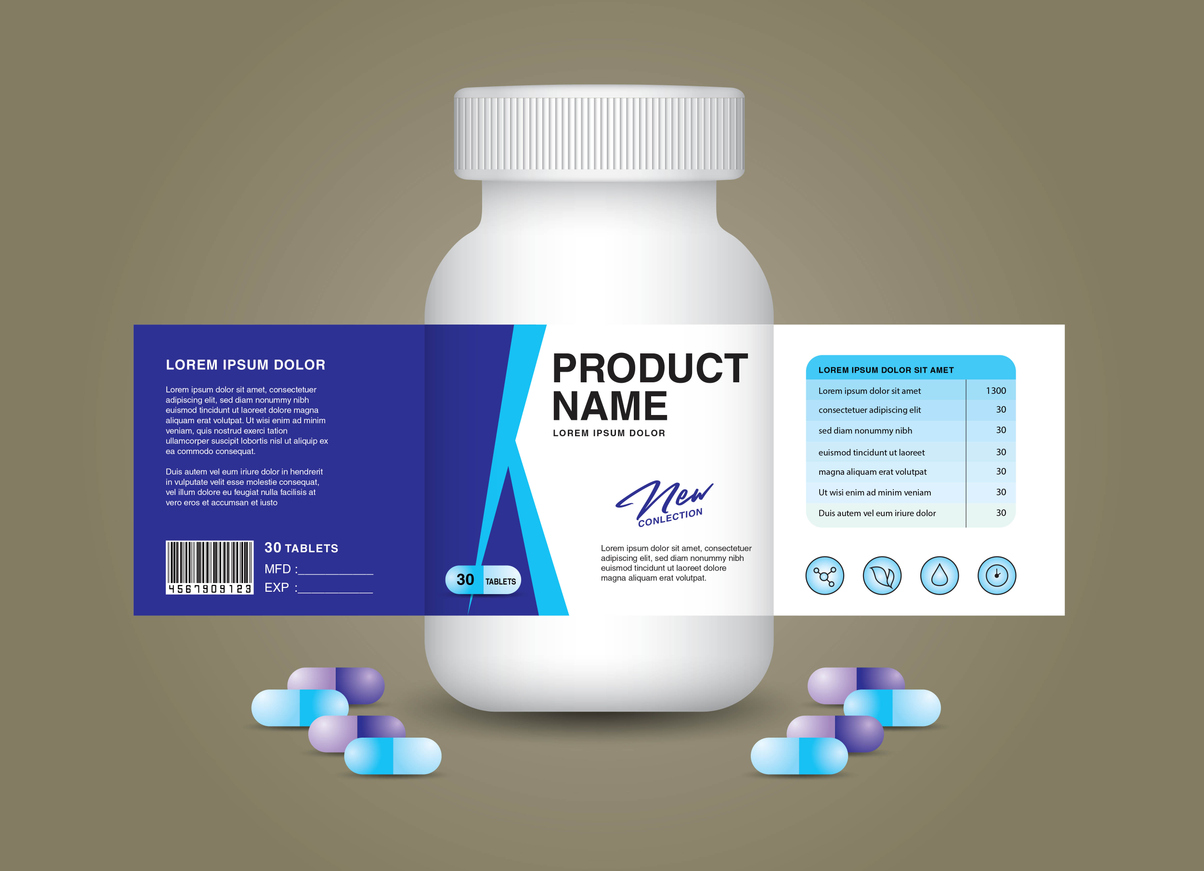Today, the FDA published a guidance titled “Annual Reportable Labeling Changes for NDAs and ANDAs for Nonprescription Drug Products” (here) that provides advice on the types of changes to OTC NDA and ANDA product labeling that may be submitted in an annual report. The guidance provides for “minor changes” that may be made but also notes that OTC labeling changes and their reporting category may differ from those for prescription products for the reasons stated below:
“Determining the reporting category for a change to nonprescription drug labeling may present certain considerations that differ from changes to prescription drug labeling. Changes to the approved labeling for a nonprescription drug product may affect consumers’ ability to appropriately self-select and use the nonprescription drug product safely and effectively without the supervision of a healthcare practitioner. Thus, changes to nonprescription labeling may not be considered minor even though similar changes may be considered minor when applied to the labeling of a prescription drug product. For example, certain changes in the layout of the package or container label for a prescription drug product that are consistent with FDA regulations (e.g., 21 CFR Part 201), without a change in the content of the labeling, might not affect the safe and effective use of the prescription drug product because it is used under the supervision of a healthcare practitioner. In contrast, changes in the layout of the package or container label and other changes to nonprescription drug labeling could affect consumers’ ability to comprehend the nonprescription drug labeling and to appropriately self-select and use the nonprescription drug product such that the change would not be a minor change under § 314.70(d).”
The guidance also notes that it does not address moderate and major changes to OTC labeling of NDA/ANDA approved products, nor does it apply to prescription drug product labeling changes.
The FDA guidance provides a list of eighteen specific examples of editorial or similar minor label changes that may be made in an annual report, but cautions that applicants that make multiple minor changes should consider the totality of the minor changes and determine whether they could affect consumers’ ability to understand the required labeling information in order to appropriately self-select and use the nonprescription drug product as intended. The FDA also notes that changes made to the Drug Facts Label (DFL) are generally not considered minor and usually require a different filing-type supplement with certain exceptions, like changing “color of DFL and moving the tamper-evident statement from the DFL to the outer carton” among a few other examples cited in the document. Upon review of the annual report, the FDA may disagree that the change was appropriately submitted as minor in the AR and instruct the firm to instead submit an appropriate category of supplement to the application.
The guidance does provide a rather extensive road map as to what would constitute a minor annual-reportable change, but be certain when evaluating the change that you are taking the FDA’s advice as provided in this guidance document into consideration.



